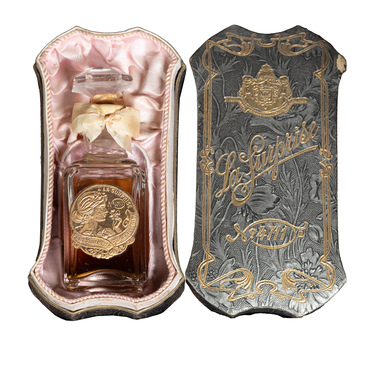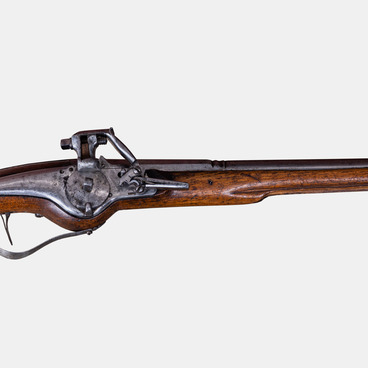The collection of the Ulyanovsk Regional Museum of Local Lore named after Ivan Goncharov houses a purse dating to the late 18th — early 19th centuries. The outer sides of the purse are decorated with beaded embroidery in the form of floral patterns. The inside is lined with silk and has two compartments. The purse was donated to the museum in 1950 by Mariya Idrisova, a resident of Ulyanovsk.
The Russian term “bumazhnik” (a paper bag) for wallet appeared in the 17th century and at that time denoted a bag for papers. Only by the 19th century did the wallet become synonymous with the purse. At the time, long purses came into fashion. They had two compartments and a clasp. Their base was cardboard or thick paper, lined with leather and white or colored satin. In Russia, purses were often decorated with beaded embroidery.
Beading was a common hobby of Russian aristocratic women at the turn of the 19th century. Rich and noble ladies could afford to purchase the required quantities of expensive beads and the finest English needles. Even though Russian needlewomen mostly used pre-made designs for embroidery, which came from Germany and France, there was always room for creativity. For example, in his memories about his mother, Mikhail Buturlin wrote, “She did not embroider flowers slavishly according to a design, as all women do, instead she copied from freshly cut flowers, which she arranged before her eyes the way she wanted.”
“Bead fever” raged not only in the cities but also in the provinces. Beading became one of the steps in the education of young noblewomen. It instilled patience, perseverance, diligence and attentiveness in young girls. One’s good embroidery skills were a sign of proper upbringing and education. Children’s toys, purses, cases, covers, icons, genre paintings, and even entire tapestries were made from beads. When the work was large, the needlewomen could ask serfs for help. As a rule, they embroidered the background, while the landlady embroidered lavish bouquets and birds (or the landlord did, since the sentimental ethics of the turn of the 19th century “obliged” not only women but also men to do needlework). Canes, smoking pipes, boxes, vases, glass holders, and chalk cases were also adorned with beads. Unlike in Europe, people in Russia almost never made beaded items for sale, as it was purely an activity to do at home. The only exceptions were beaded things made by nuns, as well as by serf craftswomen in small workshops.


